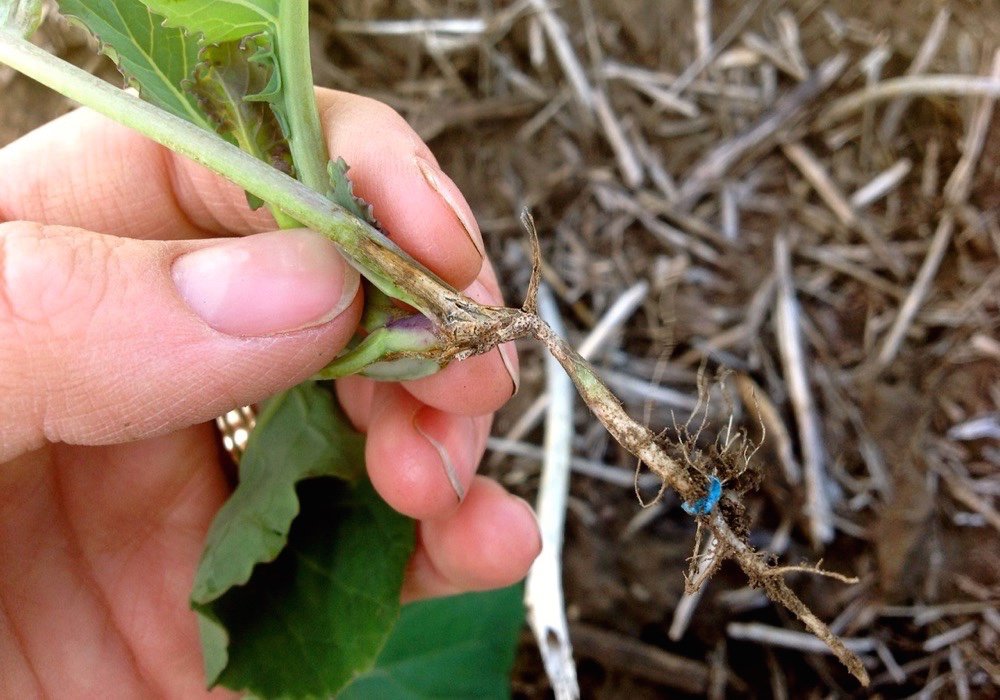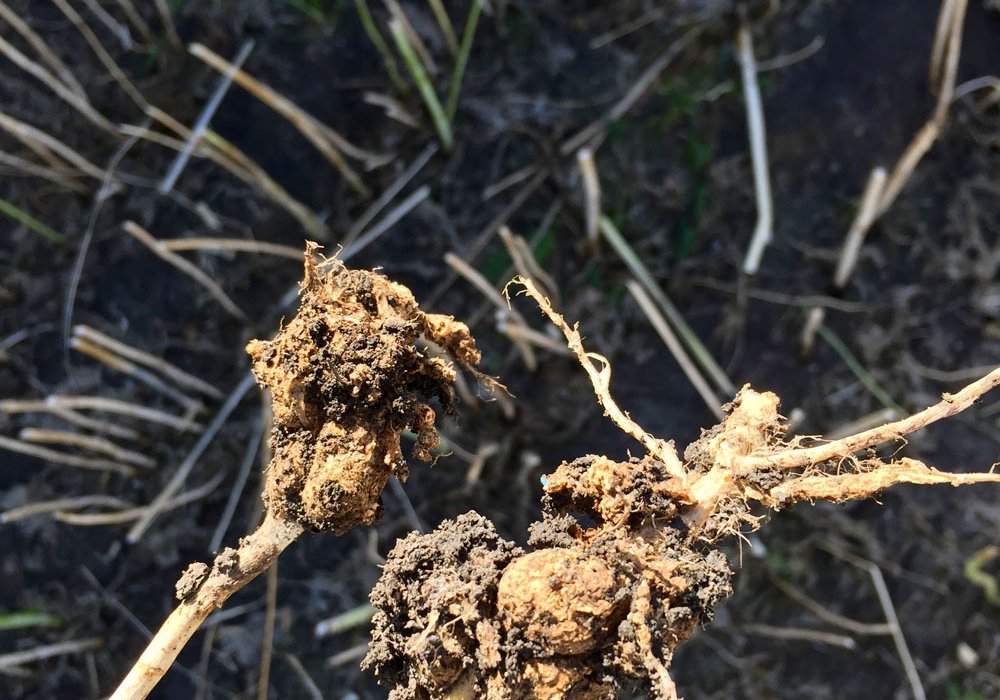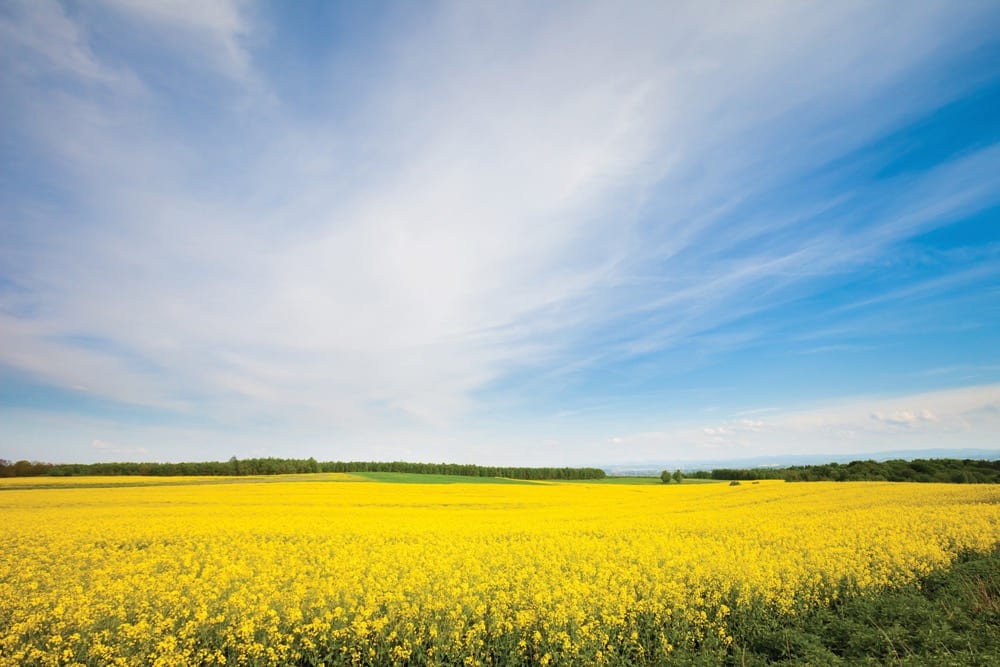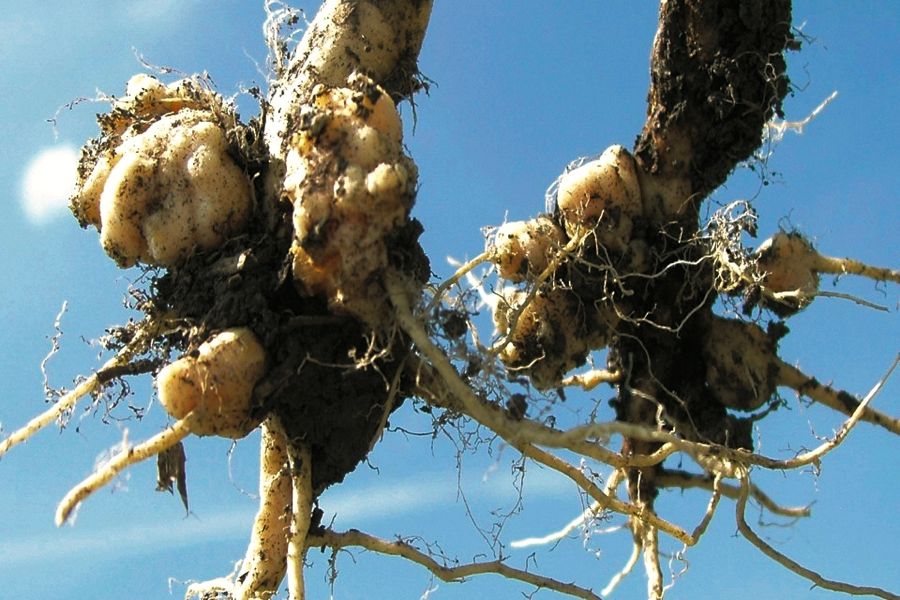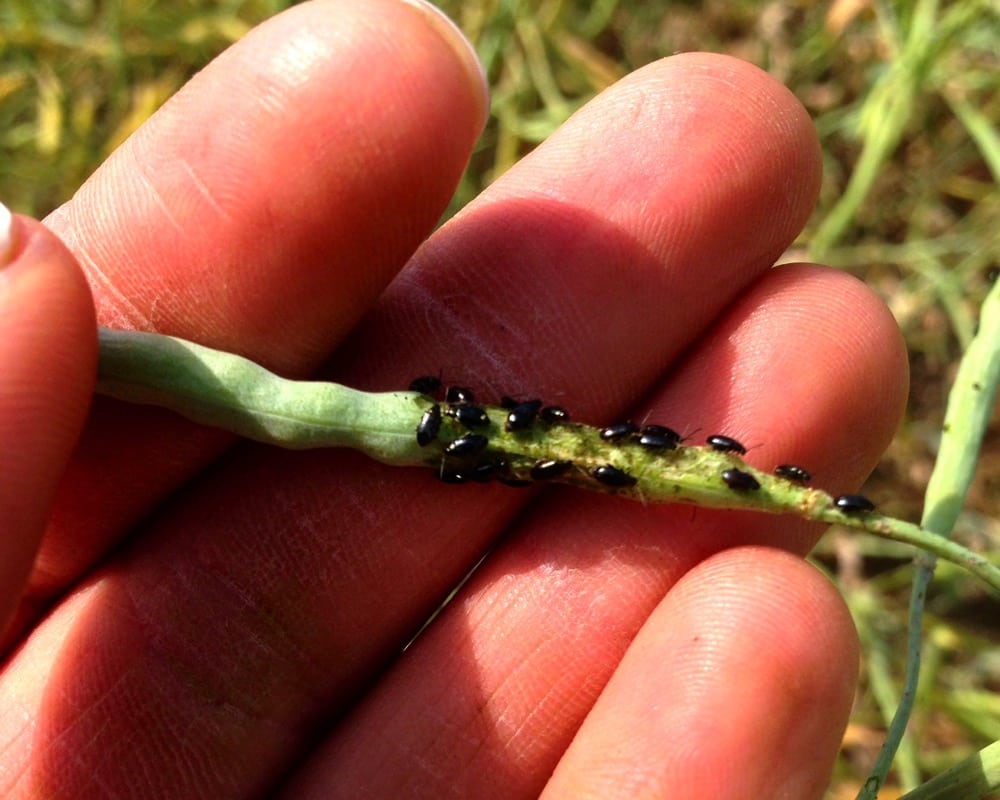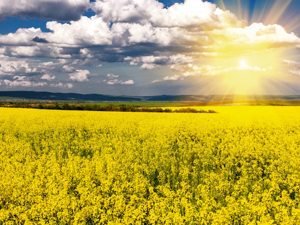Everyone knows the routine, but foul-ups are still common — especially in fields right by a busy road

It’s an age-old conundrum: You need to expand so you acquire more acres of land to get more return, but then the rush to get a crop in means seeding some acres too early, too late, or too fast.
“There’s a lot of potential for making a mistake when it comes to seeding,” said Harry Brook, a crop specialist with Alberta Agriculture and Forestry.
“Some of it’s weather related, machinery related, operator related, or a combination of all three. Unfortunately, good decisions come from experience which comes from making bad decisions.”
Producers need to focus on timing, slowing down when seeding, carefully monitoring seed depth, and calibrating machinery for optimal results, said Brook.
“For example, early seeding is generally a good thing, but you don’t want to seed before the soil has actually warmed up sufficiently for germination,” he said. “Seed too early and it can rot in the ground. That’s an issue when you have producers who have more and more acres and have to seed within a limited amount of time. You won’t get any germination of any seed you’re putting down if the soil temperatures are less than 5 C.”
1. Watch the calendar

When to seed depends a lot on what you’re seeding. Usually, the first crop is peas, as they can germinate at slightly colder temperatures than cereals, canola, and other crops.
“For example, corn — because it’s more of a tropical grass — needs soil temperatures closer to 10 C before it will germinate, so that’s probably the last thing you want to seed,” said Brook. “Soybeans require a similar temperature whereas with cereals, the soil should be 5 C to 7 C before seeding.”
It’s also important not to get too excited about early warming conditions.
“Just because the soil temperature is warming up does not necessarily mean it’s time to seed,” he said. “You still have to pay attention to the calendar and the risk of a killing frost.
“Our weather is highly variable. We’ve had some fairly early springs where it looks like spring is here. You have guys who have their canola just emerging, then it gets hit by a late frost and they lose the majority of the crop. Time to reseed.”
On the other hand, yield potential declines if a crop is seeded after the third week of May, he noted.
2. Watch your seed depth

Smaller-seed crops — such as canola, flax, and camelina — typically demand greater precision of seed placement (which means slower speeds). The optimal depth for those crops is between a half-inch and an inch. Planting at any depth lower than that is asking for trouble, said Brook.
“The real problem comes when you have a dry spring. If you have moisture down at an inch and a half there’s a real temptation to seed a little deeper to get germination,” he said.
“The problem is once you start seeding deeper than an inch you start losing seedlings and they don’t make it to the surface. Any of the grass seeds — like timothy — have to be planted really shallow just because there’s not much in the seed package to grow.”
Remember that smaller seeds “just don’t have a lot of energy in them,” so the energy needed to germinate doesn’t leave a lot left for the emerging seedling to reach the surface and start photosynthesizing.
“Canola is challenged this way,” said Brook. “If you have canola coming from two inches down you’ll find a lot of them won’t make it through the two inches to get above the soil.”
Meanwhile, larger seeds such as peas can be safely planted deeper and still germinate.
“Peas are the first thing that will start to germinate when it’s fairly cool. You can seed peas at two inches and still get a good stand because they’ve got a lot of energy and can grow through quite a bit of soil.”
3. Slow down
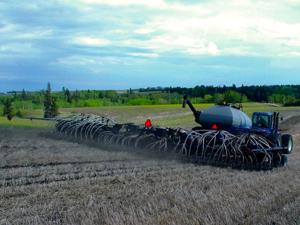
With so many acres to be planted in such a short period of time, there is a real temptation to speed up when seeding. However, doing so will more likely harm returns than improve them, said Brook.
“The Canola Council of Canada did some research on seeding speed. With canola and other small-seed crops it found you need to keep your speed down below 4-1/2 miles per hour to maintain accurate seeding depth. Any faster than that and there was too much soil mixing, you could not accurately place the seed within that top inch of soil, and you get a lot of soil thrown around.”
4. Calibrate, calibrate, calibrate

Take advantage of any downtime you have in winter to calibrate your equipment for optimal results.
“When it comes to seeding, producers have to wait so long for the right conditions and then all of a sudden it’s time to go 100 per cent full tilt,” said Brook.
“If you have a good-size shop, winter is an excellent time to do maintenance on your machinery so you have less unexpected breakdowns or mistakes. Check the crucial components, looking for any problems starting, and fix and replace.”
Normal wear and tear affects calibration and new seed drills may not be perfectly set up.
“Don’t rely on factory settings but prove to yourself that the air seeder will deliver accurate amounts to all seed runs,” he said. “You don’t want to seed 300 acres and run out of seed at 280 acres.”
Also ensure fertilizer and seed is free of lumps to prevent plugging.
“A lot of seed drills now have solenoids and sensors that tell you when something’s plugged, but you still see a lot of fields with three or four rows missing and they went through the whole field before they picked up on it. So winter is the time to tune up your machinery and make sure there are no unpleasant surprises during seeding or as the crop emerges.”
Producers also have a more social reason to calibrate their equipment during the winter.
“Let’s admit it: just about every time a guy makes a mistake with a seed drill it’s usually in front of a very busy highway so all the neighbours can look at it and laugh.
“It’s Murphy’s Law. Get prepared for the seeding season well ahead of the actual event and prevent any untimely mistakes or delays. Get the crop into the ground as timely as possible.”




